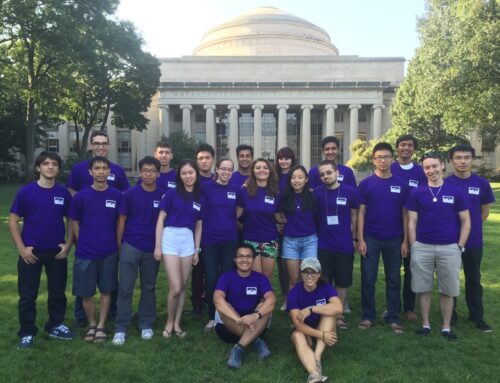College Admissions: What is the Difference Between EA vs. ED vs. EDII?
The college admissions process can be an overwhelming and confusing experience for both students and their families. Among the many decisions to make is whether to apply under Early Action (EA), Early Decision (ED), or Early Decision II (EDII). Each of these options comes with its own set of rules and benefits, and understanding the differences between them can help you make the best choice for your college application strategy.
Early Action (EA)
Early Action is a non-binding admissions option offered by many colleges and universities. Under this plan, students submit their application ahead of the regular application deadline, typically in November, and receive an admission decision in December. Early Action allows students to apply to multiple colleges without having to commit to attending if they are accepted. This flexibility makes it a popular choice for students who want to keep their options open while potentially receiving an early acceptance.
One of the primary advantages of Early Action is that it allows students to relieve some of the stress associated with the college admissions process. Knowing that you have at least one acceptance in hand early on can be a significant relief. It also gives you more time to compare different schools and financial aid packages before making a final decision.
However, it’s important to keep in mind that not all schools offer Early Action, and the application deadlines and notification dates can vary significantly. Some schools have a single Early Action deadline, while others may offer multiple rounds of Early Action, each with different deadlines.
Early Decision (ED)
Early Decision is another early application option, but it comes with a significant commitment. When you apply under Early Decision, you are committing to attending that particular college if you are accepted. This means that you can only apply to one college under an Early Decision plan. If you are accepted, you are bound to enroll, provided the financial aid package is acceptable. It is essential to understand this commitment fully before applying Early Decision, as breaking this commitment can have serious consequences.
The major advantage of Early Decision is that it can significantly boost your chances of being admitted to your top-choice school. Colleges like to see that you are committed to attending their institution, and they often admit a higher percentage of students through the Early Decision pool. Additionally, if you have a clear first-choice school and are certain about your decision, Early Decision can be a strategic move.
One important consideration for Early Decision is the financial aspect. Be sure to research the school’s financial aid policies and only apply Early Decision if you are confident that you will receive a feasible financial aid package. If you are accepted but unable to afford the cost of attendance, you may be released from the Early Decision agreement, but this can be a complicated and emotional process.
Early Decision II (EDII)
Early Decision II is a variation of the Early Decision option. Like Early Decision, it requires a binding commitment to attend the college if accepted. However, it has a later application deadline, typically around January 1, which can be beneficial for students who missed the Early Decision deadline or who want to apply to more schools after considering their options.
The primary advantage of Early Decision II is that it provides a second chance at binding early admission. If you apply Early Decision and are not admitted to your first-choice school, you can consider applying Early Decision II to another school without the need to commit to the first school you applied to. This can be particularly useful if your top-choice school’s Early Decision pool is highly competitive.
Comparing EA, ED, and EDII
To summarize the key differences between Early Action (EA), Early Decision (ED), and Early Decision II (EDII):
- Binding Commitment:
- EA: Non-binding, no commitment to attend if accepted.
- ED: Binding commitment to attend if accepted.
- EDII: Binding commitment to attend if accepted, with a later application deadline.
- Application Deadlines:
- EA: Earlier than the regular application deadline, typically in November.
- ED: Earlier than the regular application deadline, usually in November.
- EDII: Later than the regular application deadline, typically around January 1.
- Multiple Applications:
- EA: Allows you to apply to multiple colleges.
- ED: You can only apply to one college under Early Decision.
- EDII: Like ED, you can apply to only one college.
- Acceptance Rates:
- EA: Varies by school but generally less advantageous than ED.
- ED: Often offers a significant boost in acceptance rates.
- EDII: Provides a second chance for binding early admission.
Ultimately, the choice between Early Action, Early Decision, and Early Decision II depends on your personal circumstances, preferences, and the specific colleges you are interested in. It’s crucial to research the policies and deadlines of the colleges you are considering and to carefully evaluate your own academic and financial situation before making a decision.
No matter which option you choose, it’s essential to put your best foot forward in your application to increase your chances of admission to your dream school.
Need more help with your college applications? I’m a former Harvard interviewer + a Harvard grad. Contact me today for a free consultation and get into the Ivy League!
Check out my other related Ivy League admissions posts, as well:
- The Top 5 College Admissions Books
- What Each Ivy League School is Known For
- Ivy League Interview Tips







